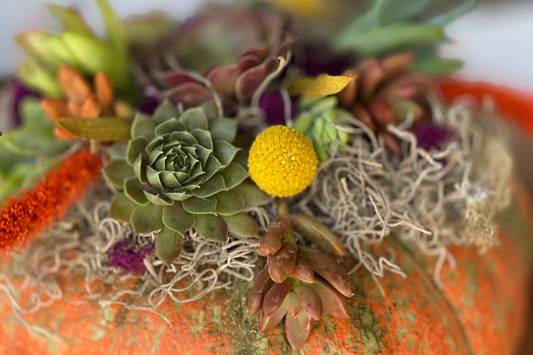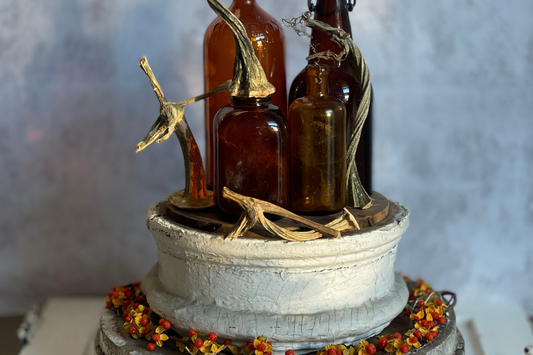Explore the Intriguing Stories Behind Antiques
The allure of antiques lies in their historical background, captivating us with stories that span generations. The remarkable endurance of these objects, surviving for over a century, is a testament to the care they have received and the path that has led them into our hands. Today, we embrace the role of being the custodians of these cherished treasures.
Iconic Transferware captivates many. It dates back to 1750’s when English Potters began to use a new technique to “transfer” art onto a ceramic object. The artisans would use a copper plate to etch designs and then those images were transferred over to tableware using a very thin tissue paper that would pick up the design and then it was fired on permanently in a kiln.
Transferware patterns evolved over the years as the potters' skills developed and buyers preferences changed. Early transferware was more cobalt or inky in color and the pattern was applied all-over the entire piece. By the mid 1830’s, colors got lighter and patterns were designed with a more open feel. Rather than one design, there was a different border surrounding the central scene. The middle image was no longer a specific place like Egypt or the Alps, but an imaginary place flush with flora, fauna, strolling people and beautiful architecture.
This pitcher exemplifies the artistry of transferware in the most remarkable way. It captured my attention when I stumbled upon it at an estate sale of unparalleled quality in Ohio. Instantly recognizing its undeniable charm, I couldn't resist bringing it home with me. It has brought me immense joy during the time I've spent with it, and now it eagerly awaits its next chapter in the hands of a new owner.

It was made in 1846 by potter, Joseph Clementson, from Staffordshire England. He owned a pottery company, called Phoenix Works, which displays his signature bird on the underside of the pitcher. It is part of the "Tessino" Collection. The registration diamond dates this piece to January, 1846 which makes it 177 years old!

I hope you enjoyed this piece of Captivating History.






2 comments
Thank you for the info on Transferware. I snagged a small but perfect platter at a yard sale and it is black. I love it. I need to buy a book on stamps too as I have lots of ironstone. I enjoyed reading your blog
Loved everyone about this lessen in history! Thank you so much!!